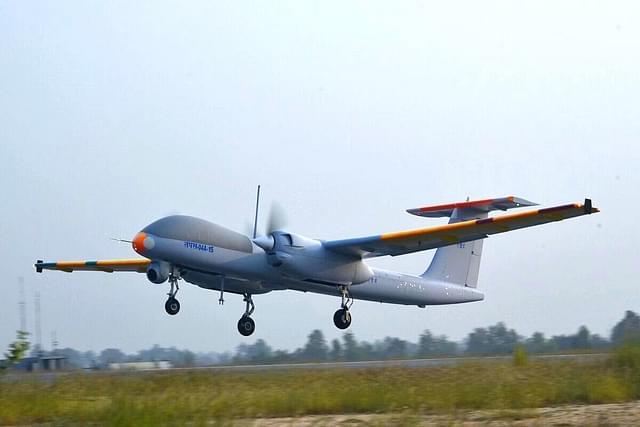SOURCE: AFI


The Indian-developed Tapas drone program has reached a turning point, with the Indian Navy recently placing an order for four TAPAS-BH-201 drones. This development comes amidst a backdrop of both progress and setbacks for the project.
Drawing inspiration from the American MQ-9 Reaper, DRDO initiated the Tapas program in 2010. The drone’s maiden flight occurred in 2016. With a length of 31 feet, a wingspan of 67 feet, and a weight of 1,800 kg, the Tapas boasts a payload capacity of 350 kg and an impressive endurance exceeding 24 hours.
The recent order by the Navy, along with a similar one for six units from the Air Force, marks a positive step for the Tapas program. This allows DRDO to refine the system through practical use and gather valuable data for further development. This measured approach stands in contrast to the initial, more ambitious plan of inducting a total of 76 TAPAS-BH-201 drones.
Despite the recent orders, concerns remain regarding the program’s overall scope. Notably, the Indian Army, initially expected to be the largest operator with 60 units, has yet to place an order. Additionally, both the Air Force and Navy orders fall short of initial projections (12 and 4 units, respectively).
The Tapas program’s future trajectory hinges on its ability to address these shortcomings. Demonstrating strong performance and overcoming performance issues that may have led to reduced order numbers will be crucial for wider adoption by the Indian armed forces.
While the current order numbers might be modest, they represent a significant step forward for the Tapas program. The success of the Tapas program will be closely watched, as it serves as a stepping stone for India’s aspirations in indigenous drone development.